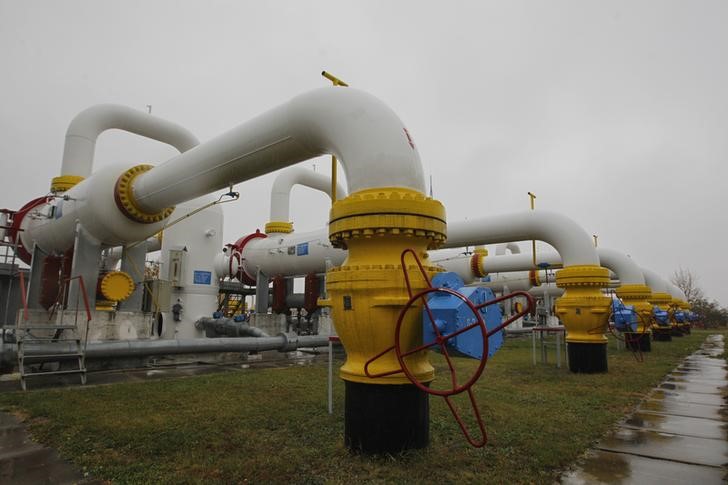
Venezuela crisis is opportunity for foreign bond investors
As Venezuela's economy teeters on the edge of collapse and some people go hungry, a growing number of foreign investors are reaping outsized returns betting on the oil-rich nation's depressed debt.
Venezuela's bonds have sunk so low amid a deep crisis that even if it defaults on its debt, bondholders reckon there will still be rewards when the South American country eventually recovers, helped by its huge reserves of crude.
Venezuelan dollar bonds on average have returned an impressive 14.1 percent so far this year, according to Datastream figures. That means investors have reaped around $3.5 billion in returns from the bonds already in 2016, according to a calculation by London-based brokerage Exotix Partners.
The figure is nearly three times the $1.2 billion
As a result, the report says: "The trend of China's leverage has probably deteriorated faster than we previously thought." According to the report, the surge in shadow lending is likely to see China's total debt level climb to close to 350 per cent of GDP by 2020. Previously Goldman Sachs had forecast that China's debt to GDP ratio would be just under 300 per cent by 2020.
Reserves last month fell by $27.93 billion to $3.192 trillion, erasing $17 billion worth of gains in March and April, central bank data released Tuesday showed. As reserves fall, China’s soaring debt and flagging growth heighten the risk for capital outflows.
The average yield on German government bonds has fallen below zero for the first time as the phenomenon of negative interest rates intensifies across global financial markets.
Average yields on corporate notes from Asian firms have slid 77 basis points this year to 3.76 percent, the lowest in data going back to 1996, according to Bank of America Merrill Lynch indexes.
Why Did Natural Gas Prices Just Rise 25% In Two Weeks?
Natural Gas Storage Natural gas prices have run up phenomenally since the June contract expired on 26 May at $1.963/mmBtu. The natural gas prices touched an intraday high of $2.48/mmBtu on 6 June before closing flat for the day. Since October 2015, prices have not been able to cross the strong resistance area of $2.5/mmBtu, as seen in the chart below. Do the fundamentals support a breakout and higher prices in the coming weeks, or will we see a move back into the range? (Click to enlarge) We have to consider supply and demand, along with inventory data to understand whether prices justify their sharp rise, within such a short span of time. Storage (Click to enlarge) Though natural gas storage levels remain elevated, the supply glut is slowing compared to analysts’ expectations. As of 27 May, the Energy Information Administration reported natural gas inventories of 2,907 Billion cubic […]

